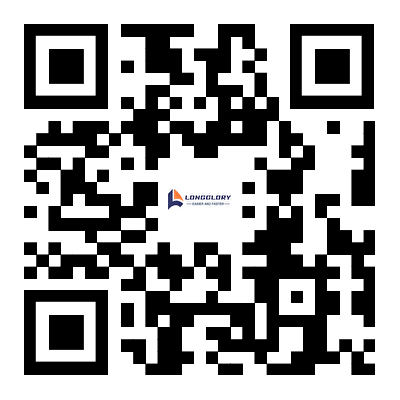- English
- Español
- Português
- русский
- Français
- 日本語
- Deutsch
- tiếng Việt
- Italiano
- Nederlands
- ภาษาไทย
- Polski
- 한국어
- Svenska
- magyar
- Malay
- বাংলা ভাষার
- Dansk
- Suomi
- हिन्दी
- Pilipino
- Türkçe
- Gaeilge
- العربية
- Indonesia
- Norsk
- تمل
- český
- ελληνικά
- український
- Javanese
- فارسی
- தமிழ்
- తెలుగు
- नेपाली
- Burmese
- български
- ລາວ
- Latine
- Қазақша
- Euskal
- Azərbaycan
- Slovenský jazyk
- Македонски
- Lietuvos
- Eesti Keel
- Română
- Slovenski
- मराठी
- Srpski језик
The Role of Pilates in Athletic Training and Recovery
2024-07-29
In 2024, Paris will host a world-class sporting event,as athletes from around the globe converge in the City of Light to participate in this highly anticipated sporting event.The arenas will be filled with athletes displaying their exceptional skills, earning gleaming medals through their outstanding performances, and receiving thunderous applause from enthusiastic spectators. However, beneath the glory lies a narrative rich with dedication, hard work, and sweat. In their quest to shine on this global stage, athletes often face the challenges of injuries during their rigorous training regimens. To meet the demands of the competition in peak condition, many athletes actively seek effective methods to rehabilitate their muscles and maintain optimal performance levels.
Among the various tools and techniques utilized for training and recovery, Pilates stands out as a highly regarded method among athletes. Recognized worldwide for its efficiency as a training and recovery aid, Pilates has garnered widespread acclaim for its unique advantages and significant effects. This method employs a series of meticulously designed exercises that specifically target muscle repair, helping athletes recover from injuries while enhancing their overall physical capabilities.
Pilates exercises are particularly effective in addressing the needs of athletes through targeted movements. For instance, specific stretching exercises can effectively elongate the leg muscles, promoting blood circulation and alleviating muscle tension and fatigue. By enhancing the flexibility and elasticity of the leg muscles, these movements significantly reduce the risk of injuries during high-intensity activities. Similarly, particular twisting movements can help balance the muscles around the waist, strengthening the core and providing stability to the lower back, thereby preventing potential injuries. Additionally, specialized exercises aimed at the shoulders can relax tense muscles, increase the range of motion, and improve the coordination and strength of the upper body.
A prominent example of Pilates' effectiveness can be seen in the training regimen of renowned swimmer Michael Phelps. During his preparation for competitions, Phelps frequently incorporates Pilates equipment into his workouts. This practice not only enhances his core strength but also effectively alleviates post-training muscle tension, allowing him to maintain peak competitive form. Such training methods enable him to perform with greater ease and unleash his full potential during races, ultimately leading to the acquisition of multiple gold medals.
As a valuable tool for training and recovery, Pilates has become an integral part of the preparation for many elite athletes. It not only aids in the rehabilitation of injured areas but also elevates their overall athletic performance, enabling them to shine on the world stage. As the Paris 2024 Games unfold, Pilates will undoubtedly continue to play a crucial role in the training and recovery processes of athletes, helping them to achieve their best and contribute to the spectacle of this extraordinary event.




